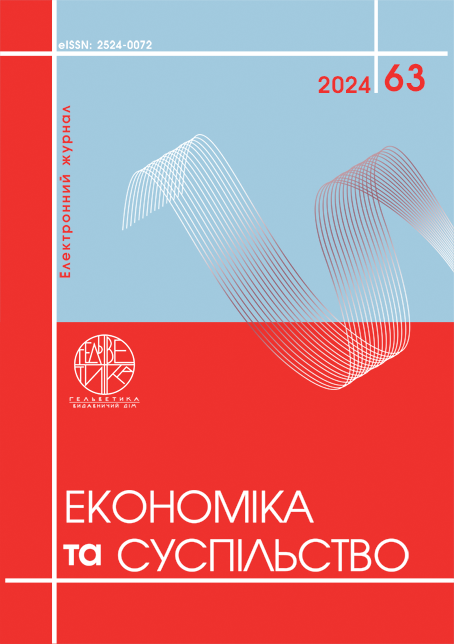SPECIFICS OF GLOBAL TRENDS IN CENTRAL BANK DIGITAL CURRENCIES OF LEADING COUNTRIES
Abstract
The article analyses the specifics of global trends in the field of central bank digital currencies (CBDCs) of leading countries. The race to develop CBDCs is gaining momentum worldwide: over 100 central banks are actively researching or testing this concept. The rapid growth of cryptocurrencies and stablecoins has accelerated this shift, prompting monetary authorities to implement new forms of digital money that ensure the stability and integrity of national currencies. It is noted that to date, three countries have launched CBDCs: Nigeria's eNaira, the Bahamas' Sand Dollar, and Jamaica's Jamaican Digital Exchange (JAM-DEX). The following pilot projects have been analysed: the digital yuan (e-CNY) (China), the Digital Euro (European Central Bank), and the e-krona pilot project (Sweden). Among the latest trends in CBDC research and testing, the following can be noted: interoperability and cross-border cooperation, solutions for ensuring privacy and anonymity, and the development of offline and programmable payments. The current state of CBDCs indicates rapid development in the sector, where central banks are conducting experiments with various technological and strategic innovations. While some countries have already launched their CBDCs into circulation, others are not far behind, conducting extensive research and cross-border collaboration. Future developments could fundamentally change the global financial ecosystem. Actively addressing issues of scalability, regulation, and public trust, central banks could become a transformative force that harmonises traditional monetary systems with the new digital era. From the analysis of the current state of development of central bank digital currencies worldwide, it becomes apparent that CBDCs are becoming a key element of global financial innovation, ensuring the stability and efficiency of payment systems. As a result of the research conducted, it is concluded that the development of CBDCs around the world is progressing rapidly. Some countries have already started pilot programmes or fully introduced CBDCs, as seen in China, the Bahamas, and other regions. From the experiences of Nigeria and the Bahamas, it can be concluded that the anonymity of CBDCs is a key factor in their success.
References
A stocktake on the digital euro. European Central Bank Available at: https://www.ecb.europa.eu/euro/digital_euro/timeline/profuse/shared/pdf/ecb.dedocs231018.en.pdf.
E-krona pilot phase 2. Sveriges Riksbank. Available at: https://www.riksbank.se/globalassets/media/rapporter/e-krona/2022/e-krona-pilot-phase-2.pdf.
Jaiyeola T. Three years in, eNaira struggles as transactions crawl to N29bn - Businessday NG. Businessday NG. URL: https://businessday.ng/news/article/three-years-in-enaira-struggles-as-transactions-crawl-to-n29bn/.
Jamaica Launches “Jam-Dex”, Becomes First Nation To Legalise Digital Currency. Outlook Business & Money. URL: https://business.outlookindia.com/news/jamaica-launches-jam-dex-becomes-first-nation-to-legalise-digital-currency-news-201592 .
Report on a digital euro. European Central Bank. Available at: https://www.ecb.europa.eu/pub/pdf/other/Report_on_a_digital_euro%7E4d7268b458.en.pdf .
Walker M.C.W. How is the “world’s most advanced central bank digital currency” progressing? LSE Business Review. Available at: https://blogs.lse.ac.uk/businessreview/2022/11/22/how-is-the-worlds-most-advanced-central-bank-digital-currency-progressing/.


